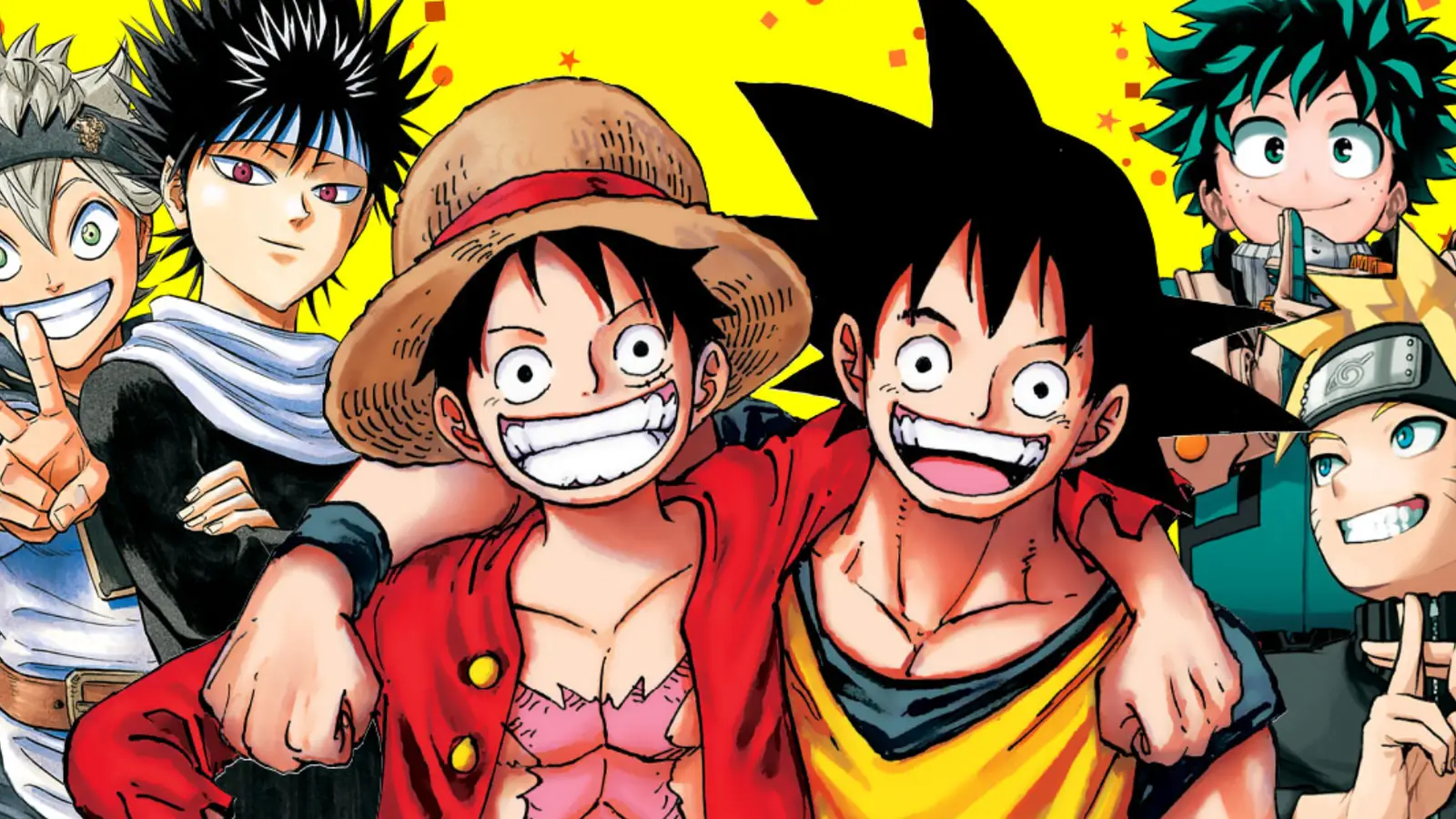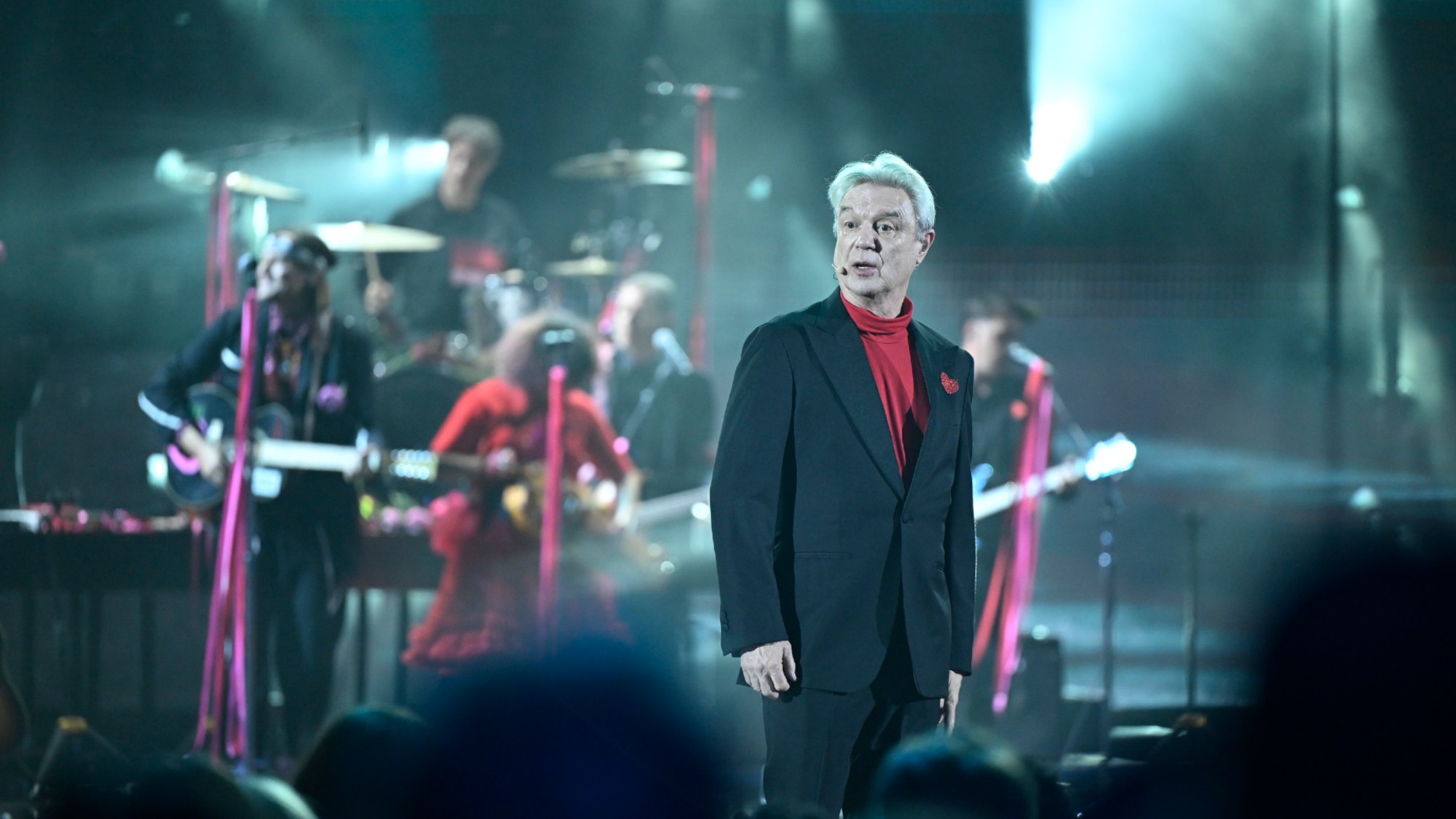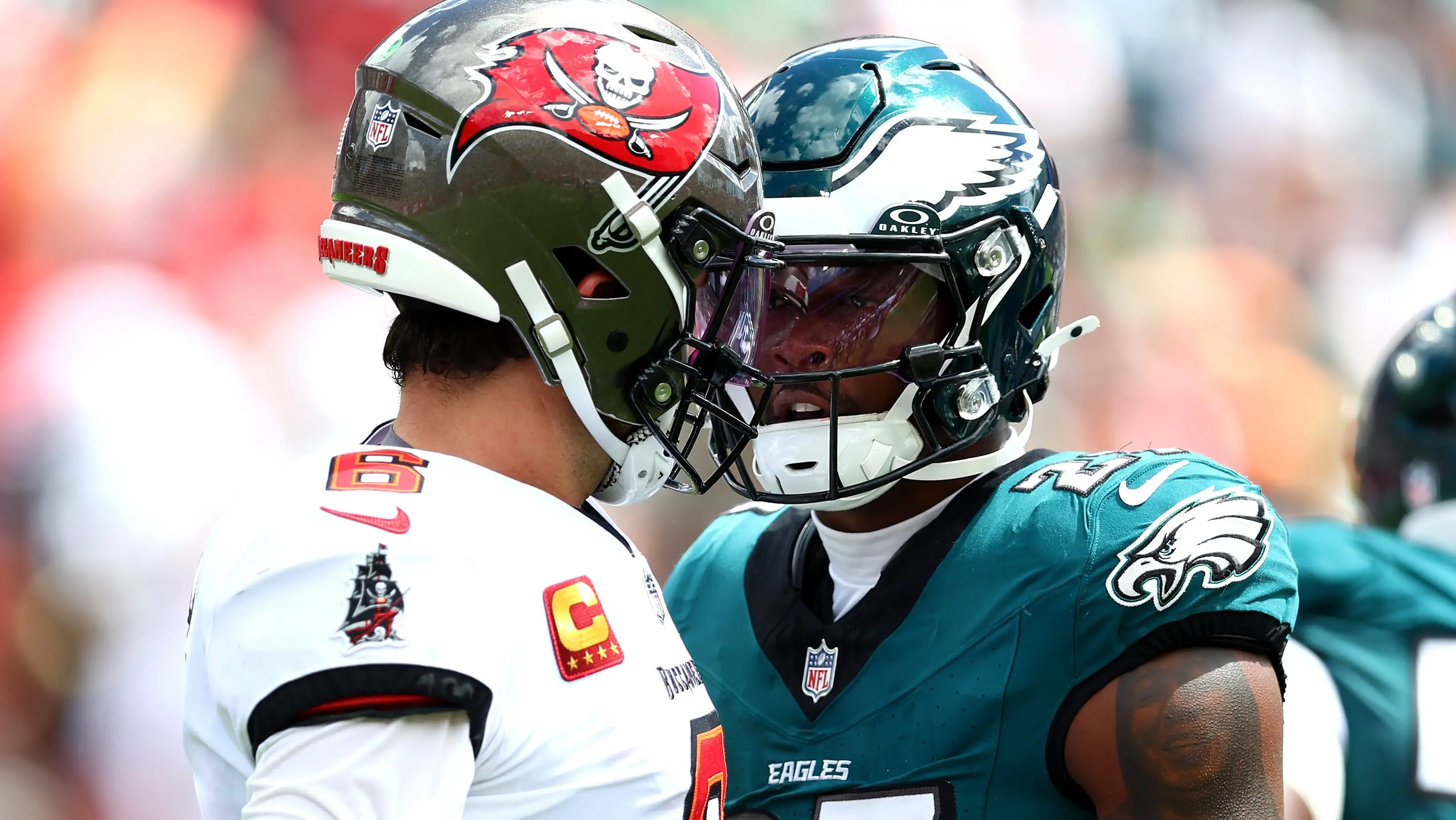
From an irrefutable standpoint of influence on the shōnen ethos, the Big 3 are the most impactful titles that elevated Weekly Shōnen Jump’s status in the manga-anime industry. They are foundational franchises that determined the trajectory of anime towards international acclaim; however, from a storytelling dimension, one Shōnen Jump reject surpasses all three.
Attack on Titan, Hajime Isayama’s fantasy epic, presents a philosophically complex story, laden with twists and turns that unravel the blood-soaked history of an accursed nation. What starts as humanity’s clash against asexual, sanguinary behemoths rapidly transforms (across seasons) into an eye-opening discovery that births the protagonist’s genocidal vengeance in the face of global opprobrium.
With Attack on Titan, Isayama crafts a poignant tale that is unforgettable and flawless in its overt political commentary. The manga’s fantastical worldbuilding is steep and constantly evolves so impressively that it can be called the greatest manga in the realm of fantasy stories.
Attack On Titan Storytelling Is Incomparable To Any Shōnen Creation, It Is The Greatest
Attack on Titan opens with a sense of foreboding: a solitary Eldian nation, clueless about the world at large, shelters behind three massive concentric walls to prevent titans (human-eating monsters) from invading. However, their sense of safety is compromised by the appearance of a Colossal Titan who breaches one of the walls, leaving mankind susceptible to mindless slaughter.
The unforseen invasion kicks off the story with the awakening of the protagonist’s (Eren Jaeger) valorous desire to exterminate titans from “the face of the Earth” as a member of the Survey Corps, an elite Titan extermination squad. However, the irony of titans’ existence is that they are all humans, or rather transformed Eldians, whose goal is to ingest humans mindlessly.
This revelation unfurls due to Eren’s discovery of his Titan powers. Season after season, viewers alongside the Survey Corps unravel the sorrowful truth behind their Eldian ancestry. After generations of viewing titans as the enemy, they discover that the world views them as an accursed race.
Branded as the “Devils of Paradis,” Eldians are the target of global enmity; the world, especially Marley — a nation they have clashed against for nearly a millennium — schemes to eliminate them. The source of the world’s contempt for Eldia is their blood and their potential to wreak havoc through a titan-themed strategy called the Rumbling.
As descendants of Ymir who gained the otherworldly power of the titans, they are all susceptible to titan transformations. They can be unleashed as ginormous weapons of doom for global conquest. Hence, Marley’s fear of Eldians is both rational and irrational. Unfortunately, their actions inexorably culminate in Eren’s unrelenting desire to protect his people at all costs, even if it’s through genocide.
Attack on Titan’s pathos-heavy narrative is constant throughout the story; it’s a cycle that constantly oscillates between bloodshed and hope in an alluring manner that isn’t fatiguing. As pioneered by the Attack on Titan’s protagonist, “Moving forward” is the overarching theme of the series.
Very few manga can maintain the story quality of Attack on Titan across such a long stretch. The intricacies of the story are so well-intertwined that it is compelling and distinguishable from any other fantasy works. Truly, it is deserving of the title’ Greatest 21st Century Manga of All Time,’ and for all the right reasons.
Shōnen Jump’s Rejection of Attack On Titan Is The Series’ Greatest Strength
Initially, mangaka Hajime Isayama pitched Attack on Titan to shōnen culture’s most successful manga factory: Shueisha’s Weekly Shōnen Jump. However, his pitch was sidelined as the manga’s artistic style and storyline didn’t coincide with Shōnen Jump’s preferences. The magazine’s penchant for lighter storylines contrasted with Attack on Titan’s poignant plot.
Despite the suggestions of Shōnen Jump’s editors to lessen Attack on Titan’s heaviness, the prolific author refused and opted for Kodansha’s Bessatsu Shōnen Magazine as a publication choice. Consequently, Isayama had free rein to flesh out the manga’s potent themes, attracting readers who preferred stories with more mature traits.
This divide over Attack on Titan’s thematic structure brings to the fore Shonen Jump’s most significant weaknesses. Often, Shōnen Jump flagship stories are riddled with the same themes; the publication fetishizes fan service, adopts overly comical characters, and frequently stretches out quality storylines for commercial gains.
Only a handful of Shōnen Jump’s publications eschew these dissatisfying approaches to manga creation. Besides, Bessatsu’s Attack on Titan also reinforced the limitation of Shōnen Jump’s formulaic approach. It critiqued the publication’s style, ascertaining an unquestionable truth that Shōnen Jump needs to diversify its approach to manga storytelling culture.
The Success of Attack on Titan’s Manga Is Also Evident in the Anime
It’s not far-fetched to say that Attack on Titan’s anime is more popular than the manga. Despite the studio swap from Wit to MAPPA, in the thick of the story’s adaptation, Attack on Titan is still one of the most successful anime ever. On IMDb, the anime collectively has the most top-rated episodes, dominating iconic anime series.
Among the twenty highest-rated episodes on IMDb, nine episodes from Attack on Titan are included in the group, with the first six highest-rated episodes being from the fantasy series. Accordingly, Attack on Titan has won multiple awards, including Crunchyroll’s 2025 Global Impact Awardand the Hollywood Critics’ 2023 award for Best Streaming Animated Series, honouring the anime for its cultural and artistic legacy and influence.
Attack on Titan is more than an iconic anime; it’s a cultural juggernaut that places anime’s artistic depth on a universal stage. It is such a dynamic story that is incomparable to any fantasy work as it exudes a strong sense of originality and authoritativeness.



